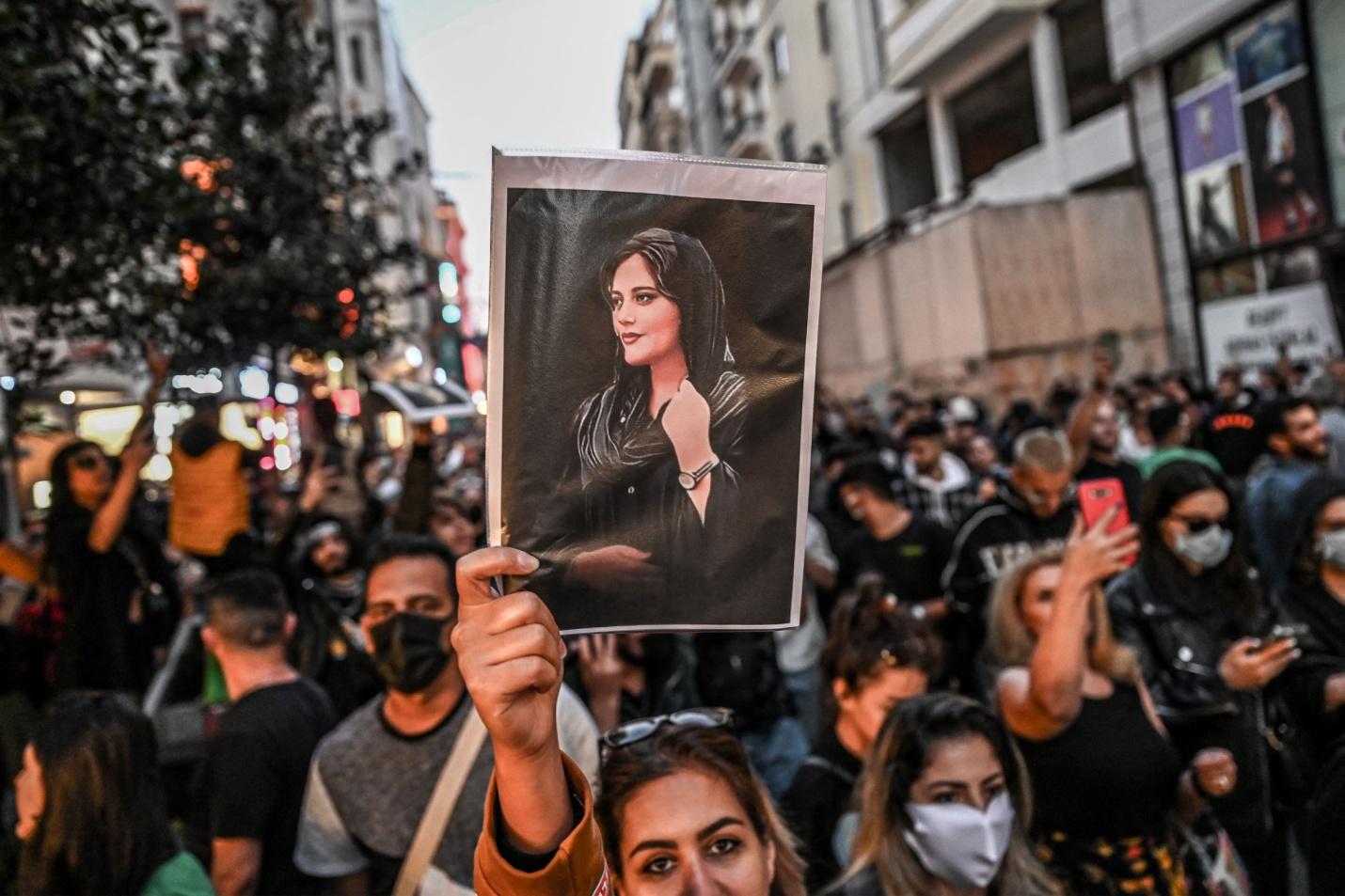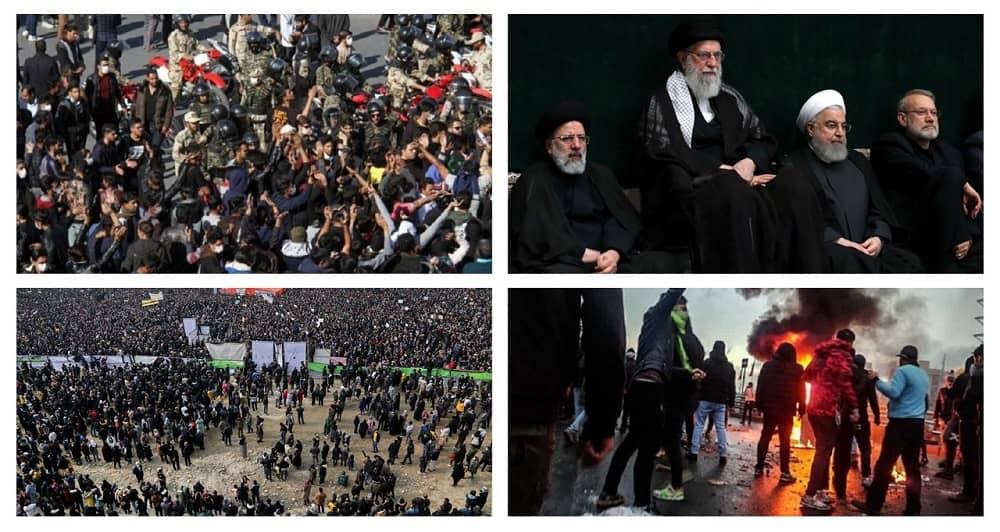The fight of Iranian women is a lesson for all of us. The veil was not permitted in Iran during the rule of the Shah, but it became so during the Islamic revolution of 1979. The hijab experienced yet another transformation in Iran during the Iran-Iraq conflict when it became a representation of Shia Islam.
Introduction:
Iranian women gathered to protest once more on the 40th day following the murder of Mahsa Amini in detention after she was detained for wearing her headscarf “improperly,” defying restrictions and police shootings.
They are disproving stereotypes with their exceptional bravery. Muslim women, who are typically perceived as an oppressed population who live in shrouded seclusion and aren’t allowed to speak out, are suddenly seen walking the streets. They are speaking out forcefully in opposition to the theocratic government that holds power over them.
Women in Iran are destroying their hijabs. Their hair is being chopped. “Woman, Life, Freedom!” they yell.
Since protests started earlier this month following the funeral of Mahsa Amini, 22, who passed away in detention after being arrested by Iran’s morality police, at least 11 people have perished.
She claimed that “they (Iranian women) have been disregarded for years and years.” “This explains why they are irate. Masiah Alinejad, an exiled Iranian author, told the Associated Press that the ladies of Iran are now incensed.
The demonstrations have also rekindled a debate that is all too often about enforcing the hijab and the more general problem of women’s physical autonomy.

read more :People all over the world come in solidarity with Iranian women amidst anti-hijab protests
WAYS TO SUPPORT WOMEN IN IRAN:
No woman should be killed or imprisoned because of what she wears, but for many Iranian women, this is the grim reality of life under the country’s authoritarian government.
Iranian women have endured decades of abuse, stifling, and loss of rights as a result of the harsh rules that are in place. After losing the option to choose whether to wear a hijab or not in 1979 due to the implementation of sharia law (the legal system of Islam), women in the country have frequently been the victims of violence connected to clothing codes.
There were many groups and clubs promoting the rights of Iranian women, Kurds, and other marginalized groups before Mahsa Jina Amini passed away all over the world. Donate to or support organizations that promote human rights.
The worldwide outrage over Mahsa Jina Amini’s passing demonstrates unheard-of sympathy for the Iranian people. People are shaving their heads in solidarity while screaming “Jin Jiyan Azadî,” or “Women, Life, Liberty,” and calling for an end to the existing Iranian dictatorship.
You can help spread the word about awareness groups and organizations that assist women in Iran by following their accounts.

Iran’s current situation:
In 2020, when the COVID-19 epidemic started to spread, Iran became an early epicenter as it battled to deal with thousands of cases scattered across 31 provinces, severely damaging its already-declining economy due to U.S. sanctions.
With 26 days of courageous defiance against their brutal captivity as second-class citizens who are not allowed to freely work, marry, divorce, travel, or even be seen with their heads uncovered, Iran’s women have gained the admiration of the entire world.
Less well known are the current and potential links between this bold movement and the tough 14-month effort by Afghan women to fight the Taliban’s even tighter oppression. Slogans from street demonstrations, social media posts, and other connections show how the movements work together and how difficult it is to translate their inspiring courage into meaningful change.
On Wednesday, new anti-government demonstrations broke out across Iran, and pictures of several of them appeared on social media despite heavy internet censorship. The appeal for a day of nationwide protests in reaction to a deadly crackdown by Iranian security forces in the cities of Sanandaj and Zahedan looked to be defiantly heeded by the demonstrators.
The estimate of the number of demonstrators slain by Iranian police during more than three weeks of nearly unparalleled turmoil has now been revised to 201, according to the Norway-based Iran Human Rights group. 23 victims, according to the group, were minors.

REFERENCE:











